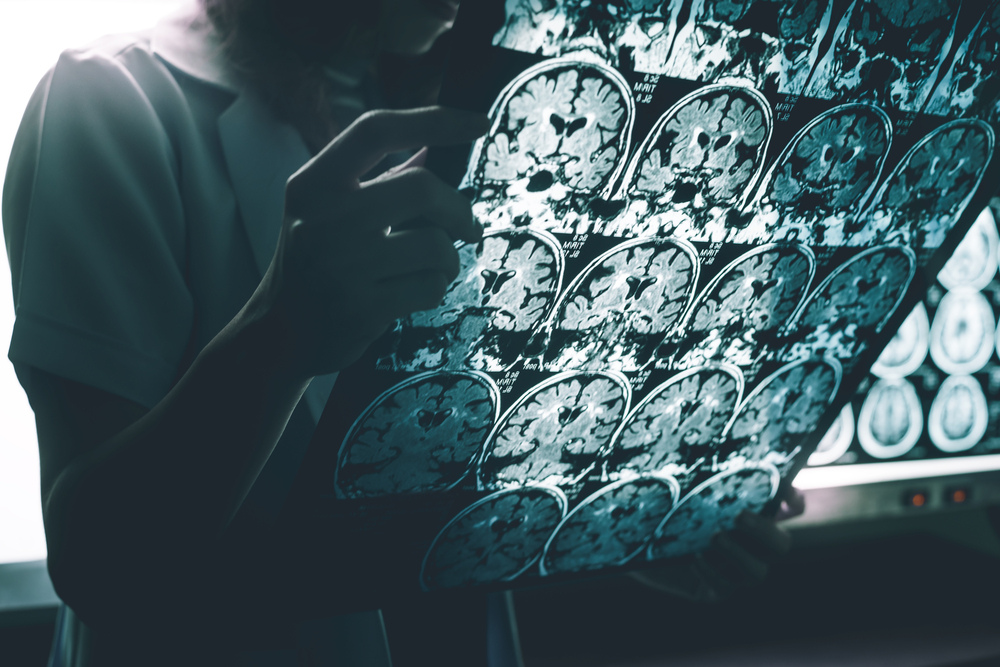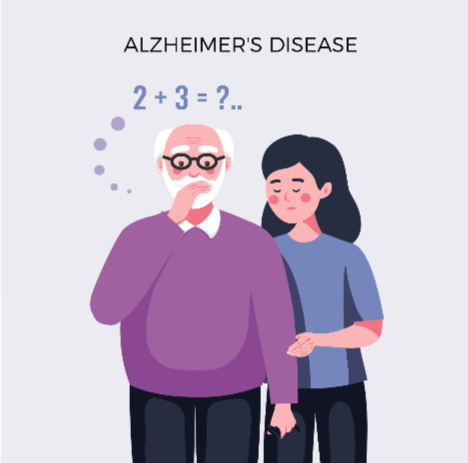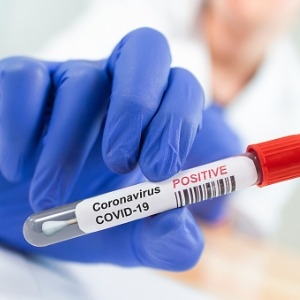Alzheimer’s Disease: Diagnosis
Being able to describe your symptoms and getting feedback are both crucial components of a proper diagnosis of Alzheimer’s disease. This could be from a close friend or family member about how they affect day-to-day living. A diagnosis of Alzheimer’s disease is also based on tests your doctor gives you. These tests gauge your memory and cognitive abilities.

For an Alzheimer’s disease diagnosis, clinicians may:
- Inquire about general health, usage of prescription and over-the-counter medications. If there’s any food, prior medical issues, capacity to carry out daily activities. Or any changes in behavior and personality from the individual experiencing symptoms as well as a family member or friend.
- A psychiatric examination to ascertain if depression or another mental health disorder is causing or contributing to a person’s symptoms.
- Administration of tests for language, counting, problem-solving, and memory .
- Request blood, urine, and other common medical tests that might assist pinpoint further potential reasons for the issue.
- Brain scans using computed tomography (CT), magnetic resonance imaging (MRI), or positron emission tomography (PET).
- To better understand how the patient’s memory and other cognitive abilities are evolving, doctors may repeat tests. Correct use of the test is to identify additional reasons for memory issues, including stroke, tumor, Parkinson’s disease, sleep disorders, drug side effects, an infection, or a different kind of dementia. Some of these ailments could be treatable and even curable.
People with memory problems should return to the doctor every six to 12 months.
Alzheimer’s disease was once only definitively identified after death, when a microscope examination of the brain revealed the distinctive plaques and tangles. The identification of Alzheimer’s disease may now be during a person’s lifetime with greater accuracy by doctors and researchers. Biomarkers, such as particular kinds of PET scans or quantifying amyloid and tau proteins in plasma and cerebrospinal fluid, can identify the existence of plaques and tangles.
Testing is another method of diagnosis. The following tests would most likely be part of a diagnostic work-up:

Physical and neurological exam
During a physical examination, your physician will likely evaluate the following to determine your overall level of neurological health:
Reflexes
- Muscle tone and strength
- Ability to get up from a chair and walk across the room
- Sense of sight and hearing
- Coordination
- Balance
Lab tests
Your doctor may use blood tests to rule out further possible reasons of forgetfulness and disorientation, such as a thyroid condition or vitamin deficits.
Tests for cognitive health and mental state
To evaluate your memory and other cognitive abilities, your doctor could provide a quick mental status test. Longer neuropsychological testing procedures may provide more information regarding mental function in comparison to individuals of a comparable age and educational level. These examinations can aid in making a diagnosis and act as a springboard for future symptom progression tracking.

Brain imaging for Alzheimer’s disease
Using the images of the brain to identify outward abnormalities linked to diseases other than Alzheimer’s disease that may affect cognitive function, such as strokes, trauma, or tumors. Doctors can also identify certain brain alterations by the Alzheimer’s disease thanks to new imaging tools. The utilization of these tools is done in large hospitals or for clinical studies.
Imaging of brain structures include the following:
Magnetic resonance imaging (MRI):
Using powerful magnetic fields and radio waves in an MRI, provides sharp pictures of the brain. MRI scans can detect brain shrinkage in areas of the brain linked to Alzheimer’s disease but they can also rule out other diseases. In most cases, doctor favour an MRI over a CT scan when evaluating dementia.
Computerized tomography (CT) scan:
Creating cross-sectional pictures (slices) of your brain is easy using a computerized tomography (CT) scan, a sophisticated X-ray technology. Usually, it is useful to rule out brain traumas, strokes, and malignancies.
Positron emission tomography is helpful to image disease processes (PET). An injection of a low-level radioactive tracer into the blood during a PET scan helps reveal a specific aspect of the brain. The following may be part of PET imaging:
Fluorodeoxyglucose (FDG):
PET scans identify regions of the brain with inadequate nutrition metabolization. Differentiating between Alzheimer’s disease and other forms of dementia can be aided by identifying patterns of degeneration, or regions with poor metabolism.
The amyloid PET imaging helps with the assessment of the amount of amyloid deposits in the brain. Although the primary use for this imaging is research, it may be applied if a person exhibits unusually early or advanced dementia symptoms.
In research settings, tau PET imaging is frequently used to assess the amount of neurofibrillary tangles present in the brain.
Other tests may be performed to evaluate aberrant levels of beta-amyloid and tau in the cerebrospinal fluid in unique situations including dementia that is fast progressing, dementia with unusual symptoms, or dementia that develops early.
Know more at Travocure or read more at our blogs.
















Leave a Reply
Want to join the discussion?Feel free to contribute!